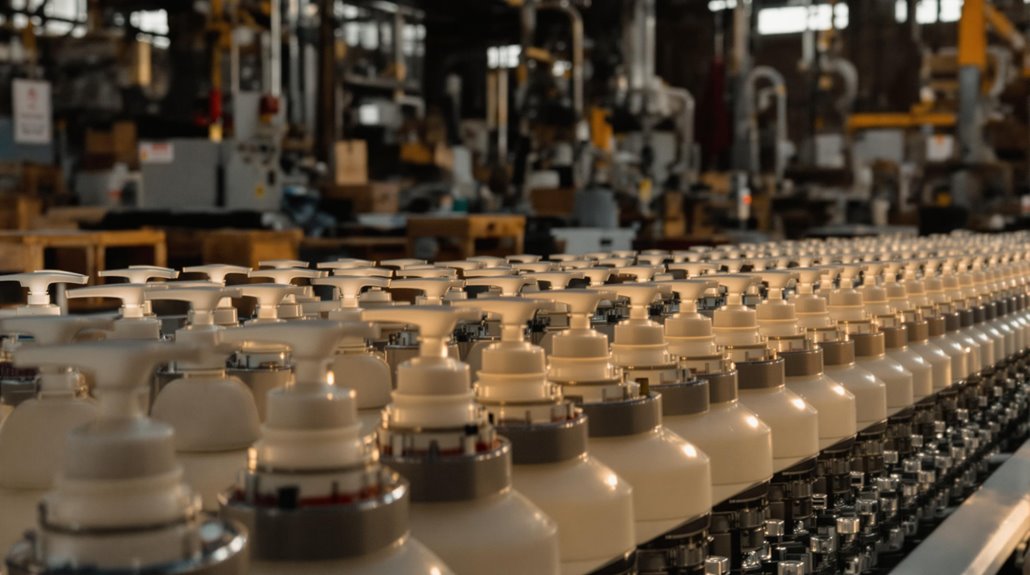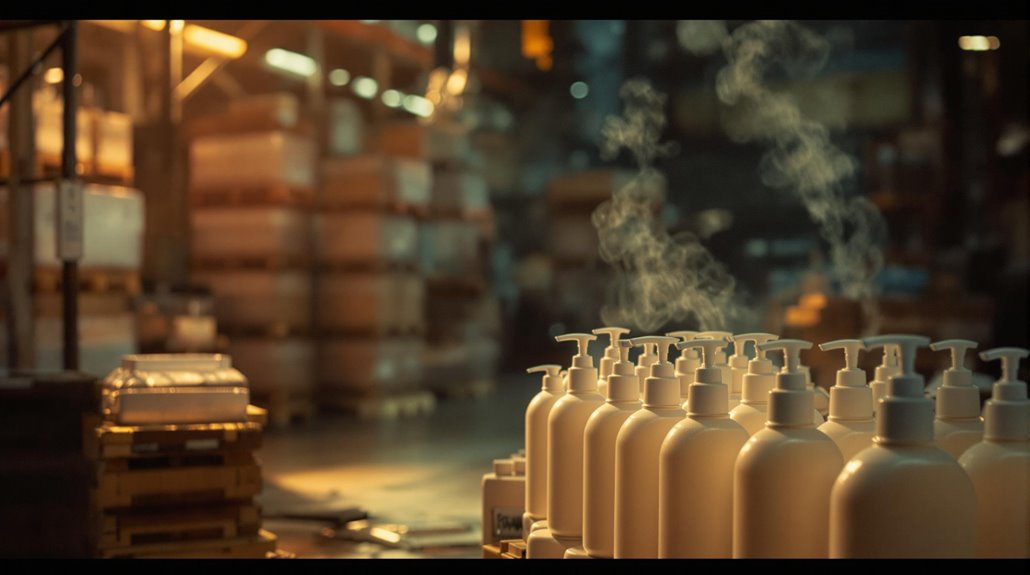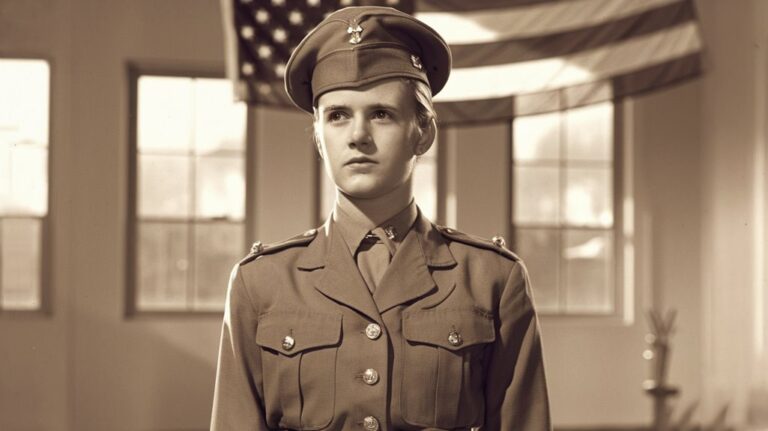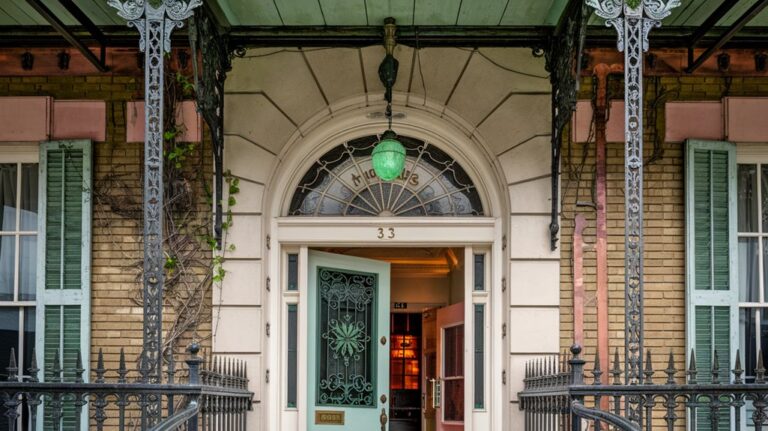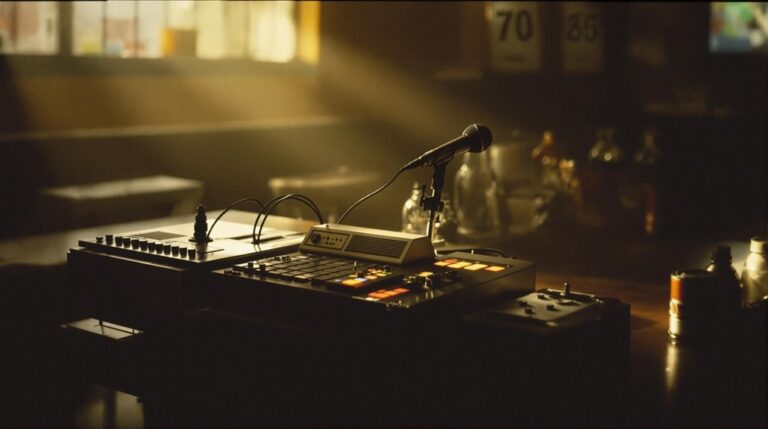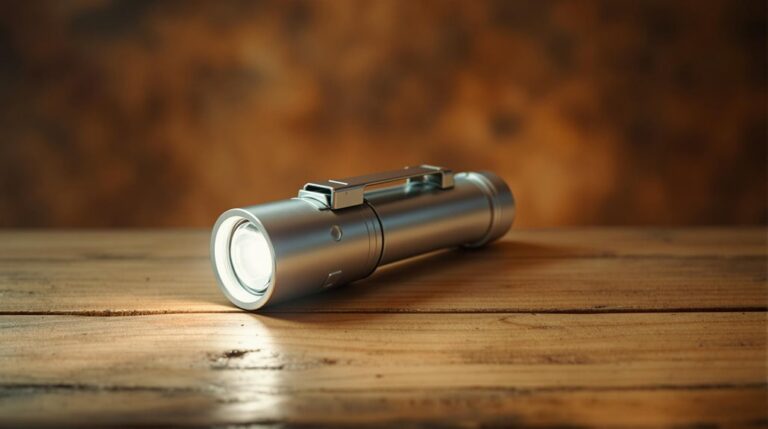The Man Who Dominated Liquid Soap…By Buying All the Pumps
Imagine you're launching a new product, and your biggest competitors could crush you within months. That's exactly what Robert Taylor faced in 1980 with SoftSoap. You'd think he'd focus on perfecting his formula or marketing strategy, but instead, he made an unconventional move: cornering the market on plastic pumps. By purchasing all available dispensers, he didn't just delay competition—he changed the entire soap industry. Let's explore how this $12 million gamble paid off.
The Birth of a Soapy Revolution
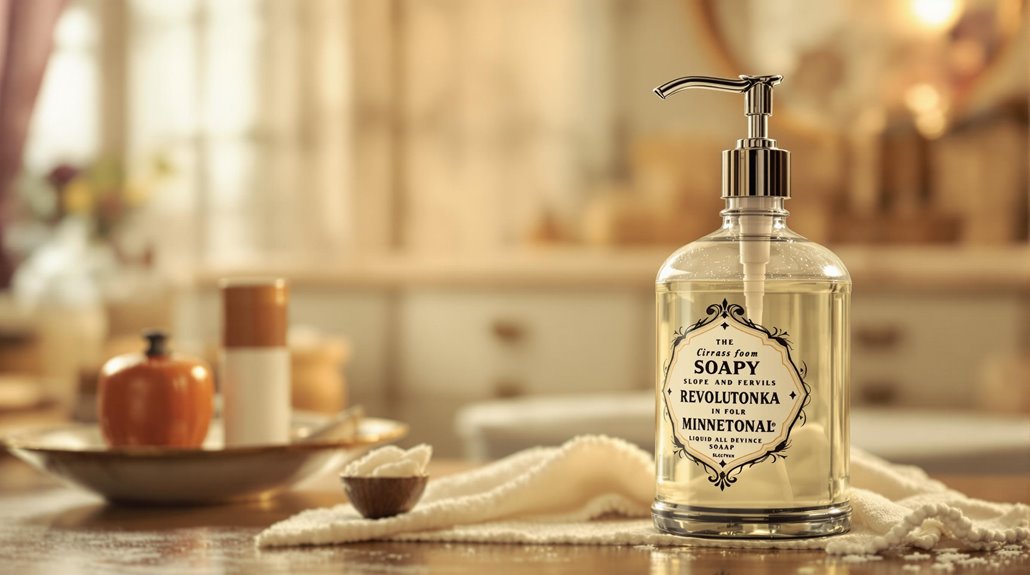
While liquid soap is commonplace today, its journey to dominance began with William Sheppard's 1865 patent for "Improved Liquid Soap."
Sheppard's innovative formula combined traditional soap with ammonia to create a molasses-like consistency, though its initial applications were largely industrial. B.J. Johnson created a significant breakthrough when he developed palm and olive soap in 1898.
You wouldn't have found liquid soap in homes back then, as it was primarily used in hospitals and public spaces where hygiene was paramount. Just like the speckled soap ban of earlier times, regulations and market forces shaped how soap products evolved.
It wasn't until 1980 that Minnetonka Corporation revolutionized consumer hygiene with Softsoap, the first mass-produced liquid soap for domestic use.
The timing was perfect – consumers were becoming more conscious about cleanliness, and the idea of shared bar soap was falling out of favor.
This shift in consumer preferences created the perfect environment for liquid soap to make its mark in households across America.
A $12 Million Gamble on Plastic Pumps
A single strategic decision in 1980 would transform the liquid soap industry forever. In a bold move that risked his company's future, Robert Taylor invested $12 million to purchase 100 million plastic pump dispensers and secure exclusive pump production rights.
You might wonder why anyone would spend so much on simple plastic pumps. The answer lies in Taylor's brilliant strategy for market control. By buying out the entire manufacturing capacity of pump makers, he created an artificial shortage that would last six months to a year.
His competitors, including giants like Colgate and Procter & Gamble, couldn't launch their own liquid soaps without these essential components. These lockable neck pumps became crucial for product transport and distribution, making them even more valuable for market dominance. This calculated gamble paid off spectacularly, giving SoftSoap the lead time it needed to dominate the liquid soap market and establish itself as the industry pioneer.
How SoftSoap Changed Consumer Habits
SoftSoap's strategic pump monopoly opened the door to something even bigger: a complete transformation of how Americans thought about hand washing.
You might find it hard to believe, but liquid soap was once considered a luxury rather than a necessity. SoftSoap changed this perception by emphasizing soap convenience and superior consumer hygiene compared to traditional bar soaps.
The company's marketing highlighted the modern appeal of pump dispensers and their cleanliness advantage over germy soap bars. Taylor's unique approach included marketing as Professor Taylor to give the brand an authentic, trustworthy image.
The strategy worked brilliantly. SoftSoap's sales exploded to $25 million in just six months, reaching $100 million within two years.
As consumers embraced this new way of washing hands, the product line expanded to include various scents, moisturizing formulas, and antibacterial versions.
Today, you'll find liquid soap dispensers nearly everywhere, from homes to public restrooms, marking a permanent shift in consumer behavior.
The Race Against Industry Giants
Despite its innovative market entry, SoftSoap soon faced intense competition from industry powerhouses Procter & Gamble and Colgate-Palmolive.
You'll find that these giants quickly recognized the market disruption SoftSoap had created and wanted their share of the growing liquid soap market.
The competitive landscape became increasingly challenging as major players launched their own liquid soap brands, backed by massive marketing budgets and established distribution networks.
They focused on natural formulations, specialized products, and eco-friendly packaging to capture consumer attention.
What's more, they leveraged their economies of scale to offer lower prices, making liquid soap more accessible to the mass market.
The current market remains highly fragmented and competitive, with companies emphasizing product development and geographical expansion to gain market share.
Today, you can see the results of this competition in the fragmented $23.89 billion market, where numerous global and regional players vie for consumer loyalty.
Building a Liquid Soap Empire
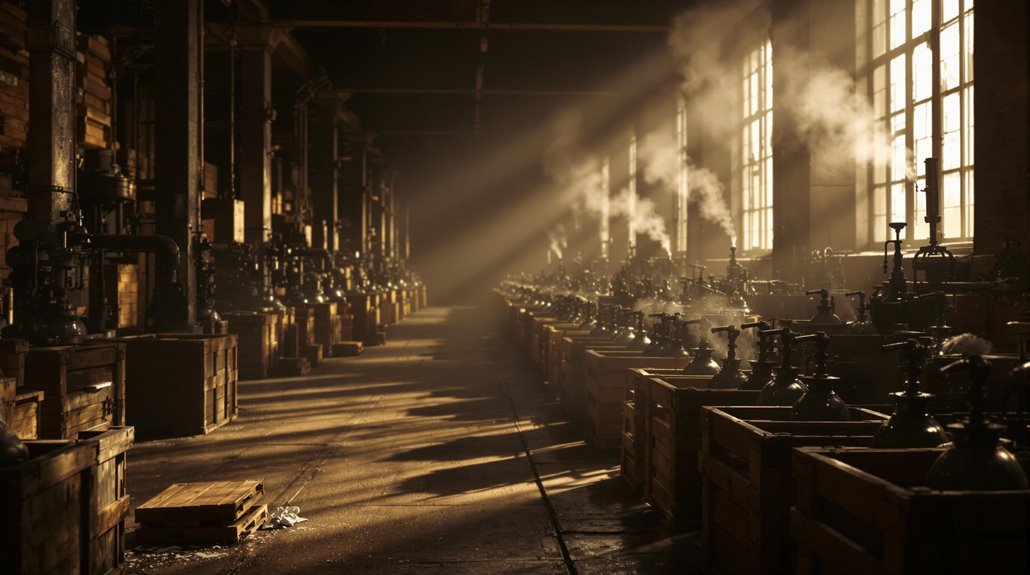
When Robert Taylor founded Minnetonka Corporation in 1975, he transformed a simple observation about janitors mixing soap into a revolutionary business empire.
By launching SoftSoap in 1980, he created the first mass-market liquid soap that would disrupt the entire personal care industry.
Taylor's strategy was masterful. He invested $7 million in TV advertising with the memorable slogan "Goodbye to the bar, hello to SoftSoap," while securing prime retail space in supermarkets and drugstores. Today, hypermarkets and supermarkets remain the dominant distribution channels for liquid soap sales.
The premium positioning and attractive pump bottles resonated with consumers seeking convenience and hygiene. The growing demand for liquid soaps continues today, with the market expected to reach USD 42.4 billion by 2035.
The market disruption paid off spectacularly. SoftSoap captured 70% market share in its first year, with sales skyrocketing from $25 million in 1981 to $59 million in 1982.
Through product expansion and international growth, Taylor's empire maintained an impressive 30% annual growth rate throughout the 1980s.
 mess from bar soap in his bathroom sinks and believed others shared this frustration.
mess from bar soap in his bathroom sinks and believed others shared this frustration.
You can see Taylor's lasting impact in how he turned a $12 million gamble into a $61 million sale to Colgate-Palmolive, proving that calculated risks can yield extraordinary returns. His daughter Lori Lawrence helped create bath products, making his success a true family endeavor.
His philosophy of avoiding direct competition and finding unique market opportunities guided him to build 14 successful consumer product businesses, including the iconic Calvin Klein fragrances.
Even after growing Minnetonka Corp. into a $200 million public company, he continued spotting opportunities others missed.
His legacy lives on through his charitable donations and the enduring lesson that sometimes you've got to think unconventionally to win.

